Fort Jesup State Historic Site
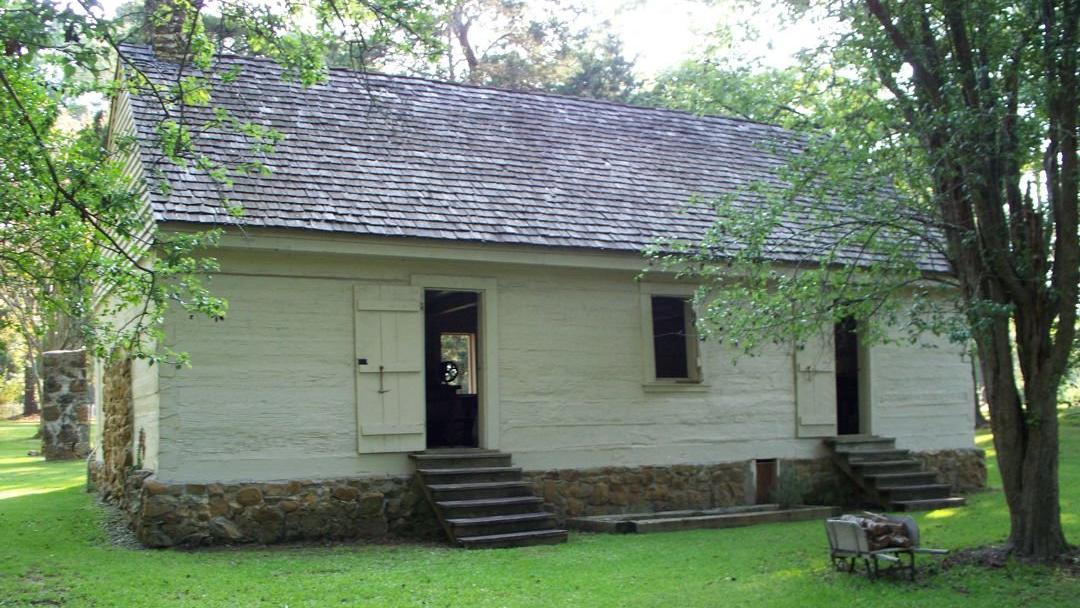
32 Geoghagan Rd
Many, LA 71449
United States
Museum open Friday-Sunday; grounds open Wednesday-Sunday
- open from 9 a.m. to 5 p.m.
- closed Thanksgiving, Christmas & New Year's Day
General Admission
- $6 per Person (ages 7 to 61)
- $4 for Seniors (62 & older)
- Free for children (6 & under)
Fort Jesup is a reminder of a young nation's growing pains and a relic of Louisiana's rich international heritage. When the Louisiana Purchase Treaty of 1803 failed to clearly define the western boundary of Louisiana, which was also the western border of the country at that time, the United States claimed eastern Texas and Spain claimed western Louisiana. The ensuing dispute gave rise to the "Neutral Ground," an area where the laws of neither nation were enforced. Soldiers and settlers were kept out and rogues of various stripes ruled the region.
After the territorial boundary was finally fixed at the Sabine River by the Florida Purchase Treaty of 1819, the United States built Fort Jesup in 1822. Lieutenant Colonel Zachary Taylor established and commanded the garrison, which was originally called Cantonment Jesup in honor of Taylor's good friend Brigadier General Thomas Sidney Jesup. Taylor's troops managed to establish law and order in the Neutral Ground and Fort Jesup remained an important military post for nearly 25 years.
Soldiers at Fort Jesup performed many duties which opened the frontier to American settlers: building roads, surveying the frontier, clearing the Red River and negotiating treaties. The garrison at Fort Jesup was also called on to control slave insurrections in Alexandria and to catch criminals trying to cross the border. The soldiers of Fort Jesup saw thousands of settlers move into the province of Texas and then watched Texas become independent of Mexican authority. In 1845, half of the U.S. Army traveled through the Fort Jesup area en route to war with Mexico.
The fort was abandoned in 1846 when it was no longer needed as a border outpost. One kitchen is the only historic structure remaining from the large reservation that once spread across the frontier. The reconstructed officers' quarters houses visitor information, interpretive exhibits and restrooms. This building was reconstructed with the assistance of historians from the Army Quartermasters General's Office and the National Trust for Historic Preservation. In 1961, Fort Jesup was designated a National Historic Landmark by the U.S. Department of the Interior and, as such, joined a select group of properties which have been recognized for their importance in American history.
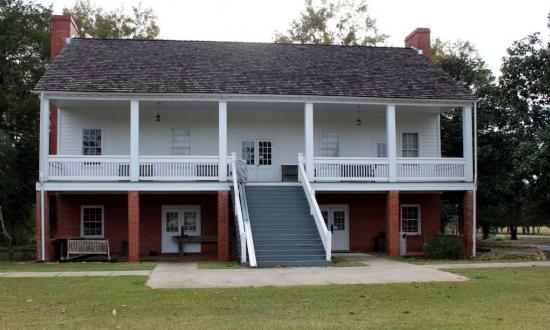
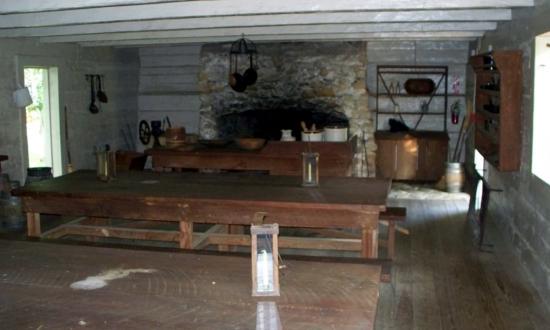
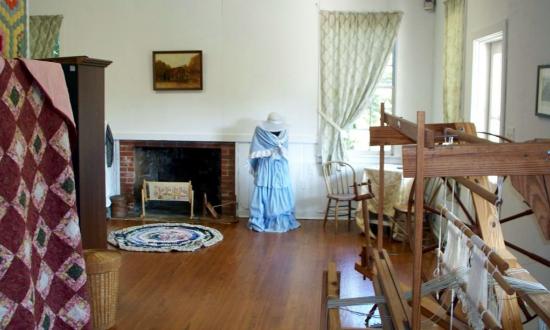
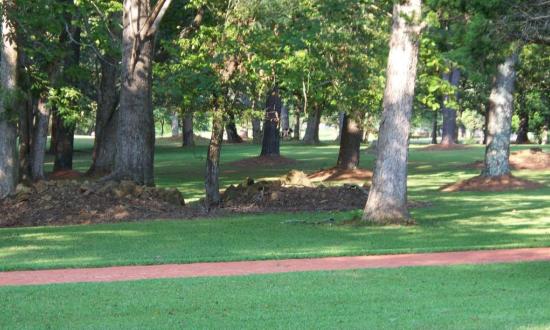
Features
$100 per day plus tax. Maximum occupancy of 60 people.
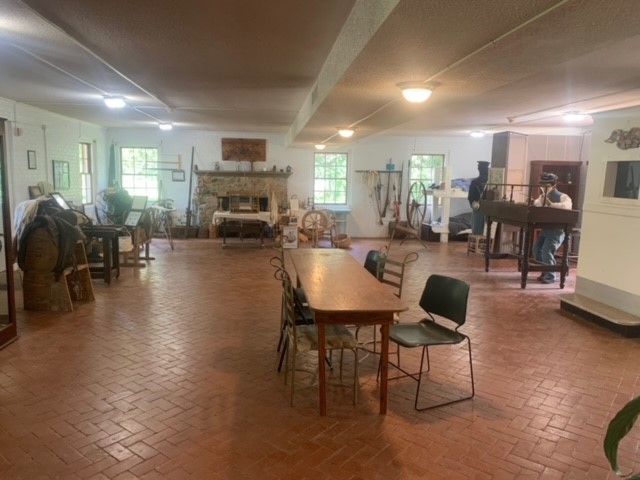
Birding
A Birder's Guide to Louisiana gives directions to over 100 areas for birding throughout the state, includes maps, Louisiana specialties, and contains beautiful photography and checklists of Louisiana birds and other wildlife. The Guide was produced through a partnership between the Atchafalaya National Heritage Area and the American Birding Association.